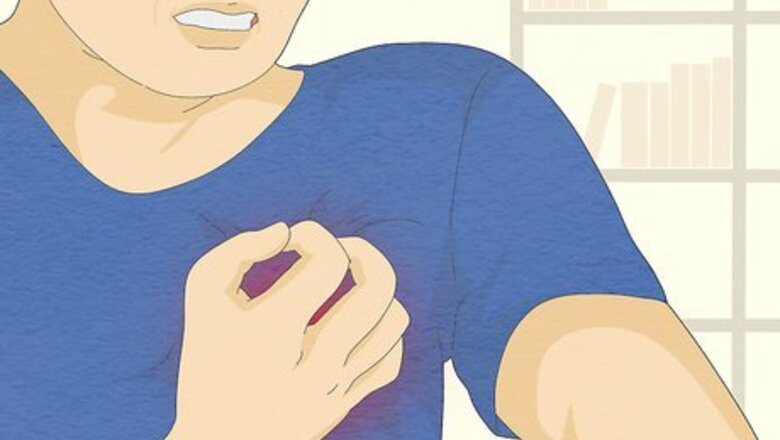
views
If you believe you are having a medical emergency, call emergency services right away.
Possible Causes
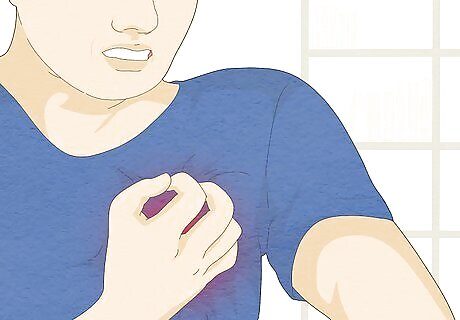
Heart attack Left arm pain is a sign of a heart attack, especially in conjunction with other symptoms. If you are experiencing the symptoms of a heart attack, call emergency services right away. Symptoms of a heart attack include: Chest discomfort or pain Discomfort in the back, neck, or lower jaw Shortness of breath Lightheadedness, nausea, or vomiting
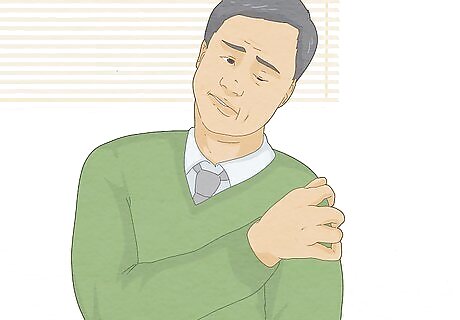
Stroke Arm weakness, pain, or discomfort can be a sign that you are having a stroke. If you believe you are having a stroke, call emergency services right away. Symptoms of a stroke include: Face drooping Speech difficulty Confusion Trouble seeing Trouble walking Severe headache

Angina Angina happens when there is reduced blood flow to your heart. The symptoms feel very similar to a heart attack, and can include pain or squeezing in the chest, discomfort in the left arm, or burning in the chest. However, angina is typically not a medical emergency. Unstable angina, which is severe and can last for 20 minutes at a time, can become a medical emergency. If you have symptoms of angina for longer than 15 minutes, call emergency services.
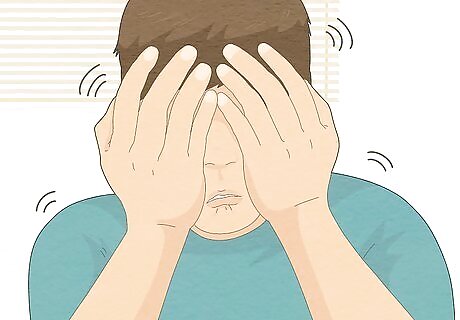
Anxiety or panic attack An anxiety or panic attack can feel a lot like a heart attack, because many of the symptoms are the same. When something else is causing your left arm pain, anxiety can make you think that it’s a heart attack (which makes the pain feel worse, which makes you more anxious…). If you deal with anxiety or high stress levels, your pain may be a symptom or an exacerbation of your mental health.
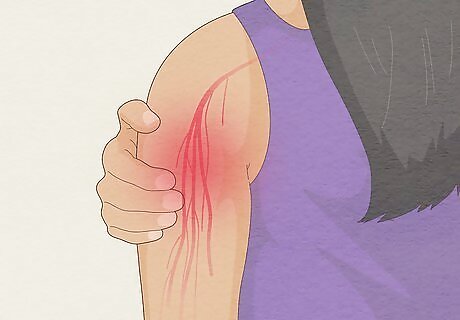
Pinched nerve A pinched nerve happens when other tissue in your body presses on a nerve. You might have a pinched nerve if you’re experiencing tingling, numbness, or discomfort in your arm or shoulder. Fortunately, a pinched nerve is not serious, and symptoms will typically go away on their own.
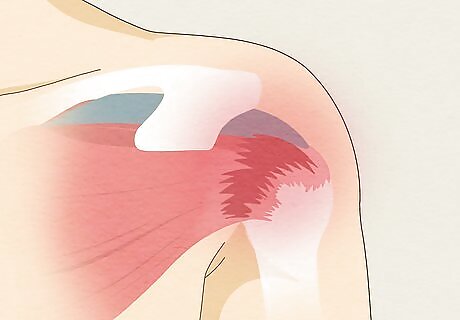
Rotator cuff injury Your rotator cuff is the group of muscles that surround your shoulder and help your arm move. If your rotator cuff has been injured or damaged, it can cause pain and discomfort in your entire arm. There are a few types of rotator cuff injuries, including: Tendinitis: Inflammation or damage to the rotator cuff tendons Torn rotator cuff: Muscles or tendons are damaged or torn Bursitis: Inflammation or swelling or the bursa, a fluid filled sac next to the rotator cuff Impingement: Shoulder bone rubbing against the rotator cuff
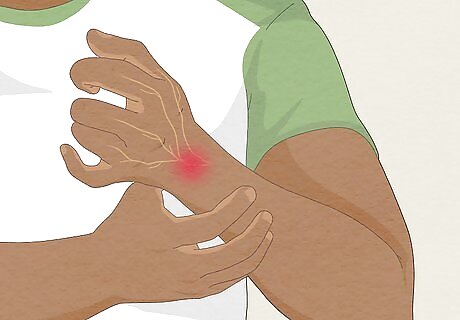
Carpal tunnel syndrome Carpal tunnel syndrome can cause numbness, tingling, or pain in your hand and forearm. This condition is caused by a pinched nerve in the hand. Over time, your pain and discomfort may become more severe. Carpal tunnel syndrome can be treated with rest and by wearing a wrist brace.
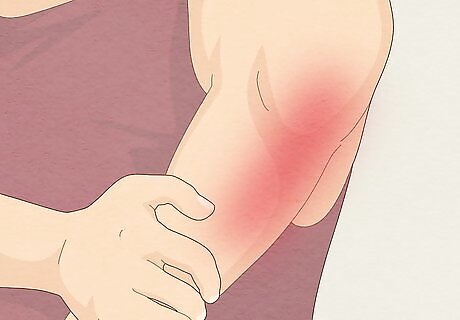
Muscle strain or injury Overworking the muscles in your shoulders or arms can cause pain or discomfort. Think about your activity levels in the past couple of days: if you’ve been working out or exercising a lot, it’s likely that your muscles are just sore or overworked.
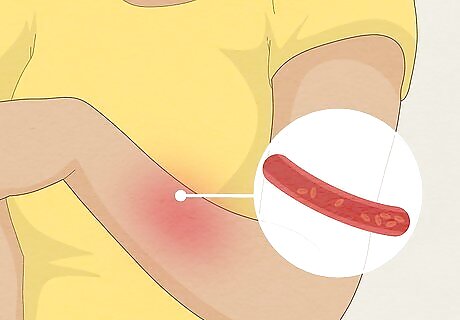
Poor circulation If you have poor circulation, you may experience tingling, numbness, or pain in your extremities. This is because the blood is moving slowly through your veins and not reaching the entirety of your body. Other symptoms of poor circulation include: Pale or bluish skin Cold skin
When to See a Doctor
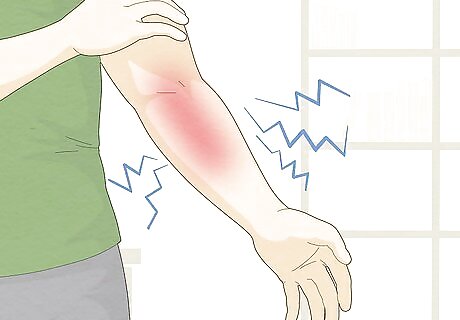
Pain that comes on suddenly and severely If you experience left arm pain suddenly and severely, you may be having a heart attack. You might also have symptoms like pressure or fullness in your chest. Call emergency services right away. Heart attack pain can range from sharp and severe to dull and aching.
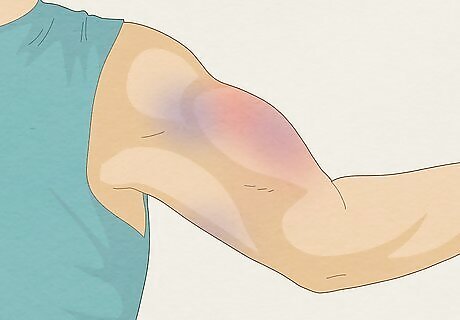
An obvious wound or deformity in your arm If your left arm pain is due to a broken bone or a wound, you may be severely injured. Call emergency services if you can see your bone protruding or if you are bleeding profusely.
Diagnosis
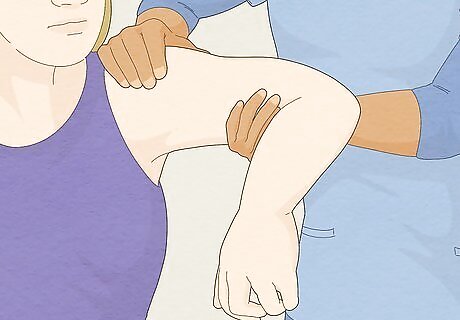
Physical exam Your doctor will start by examining your arm and taking your medical history. Tell your doctor about any symptoms you’ve been experiencing, and let them know if you’ve had similar pain before.
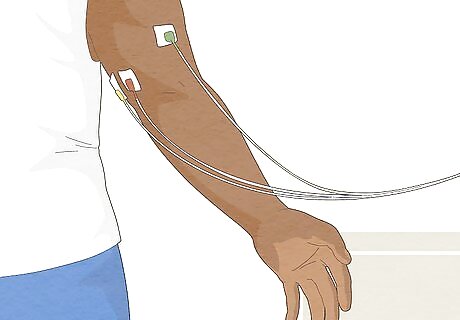
EKG An EKG, or an electrocardiogram, is used to measure the electrical signals from your heart. If your doctor believes you’ve had a heart attack, they may use an EKG test to see how well your heart is beating and if it has been damaged at all. An EKG is a painless, easy procedure. All your doctor will do is attach electrodes to your chest so they can measure the electric signals from your heart.
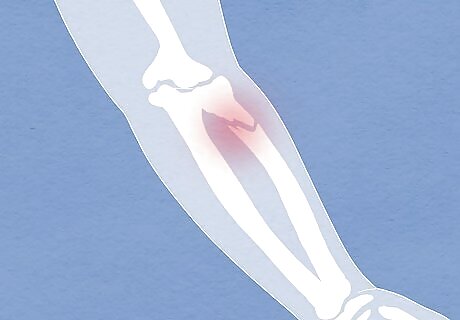
Imaging tests If your pain is due to an injury, your doctor may order x-rays or an MRI to take a look. These imaging tests will help your doctor pinpoint the source of the pain for better treatment.

Blood tests If your doctor believes your pain comes from an infection or a disorder, they may order blood tests to rule them out. A blood test can help diagnose where your pain is coming from and how best to treat it.
Treatment
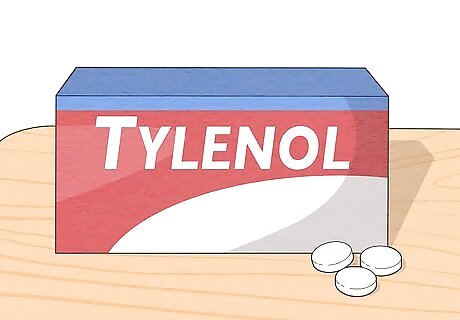
Medication If your left arm pain is because of an injury, your doctor will likely prescribe you pain relievers to take as needed. They may also recommend anti-inflammatory medication to reduce swelling in your arm, shoulder, or hand.
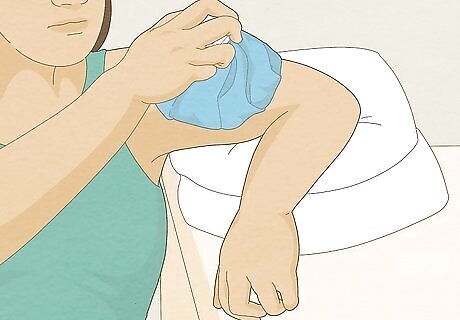
Home care For mild injuries, rest and relaxation will heal your arm pain in no time. Your doctor will probably recommend avoiding using the arm, applying an ice pack or a heat pack several times a day, and elevating the arm above your heart.
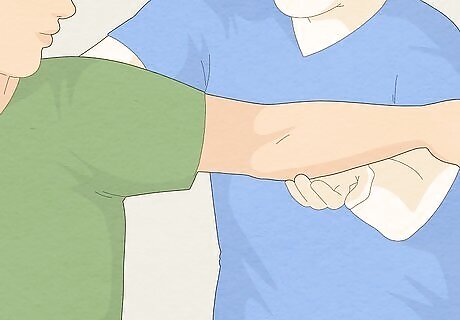
Therapy If your left arm pain is due to anxiety or high stress levels, your doctor may recommend talking to a therapist. They can help get to the bottom of your anxiety and reduce your stress levels to stop the symptoms that are happening.
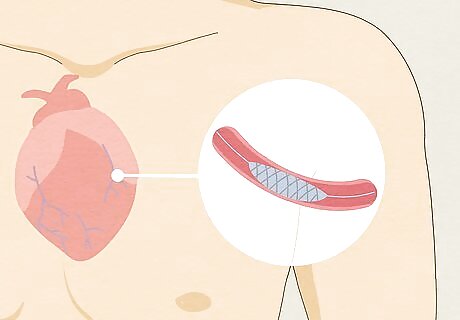
Angioplasty, heart valve surgery, or bypass surgery If your doctor finds out that you have suffered a heart attack, they’ll talk to you about the best treatment options. Usually, they will choose between an angioplasty (inserting a tube into a blocked artery), heart valve survey (removing and replacing a damaged valve), and bypass surgery (creating a new passage for blood to flow through). In rare, severe cases, your doctor may recommend a heart transplant.



















Comments
0 comment